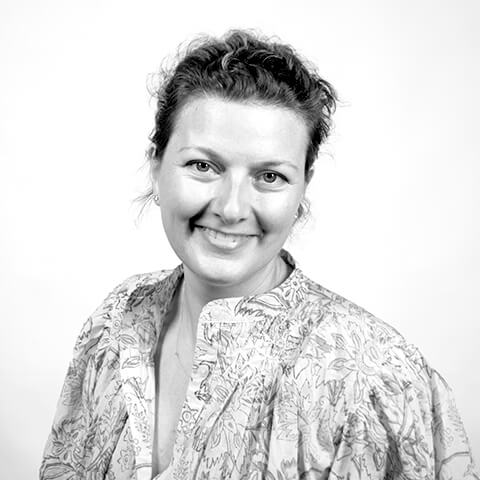I recently “attended” my daughter’s 3rd grade orientation. The presentation, shared with parents virtually, showed smiling kids learning in close proximity to each other, playing during recess, rollerblading in gym class, and eating lunch together—“my utopian world” the principal called it, before informing parents that Back-to-School will likely not look like the happy pictures.
We all long for life to get back to “normal” as soon as possible. But when? When we reach herd immunity, which according to the New York Times is still a long ways off? When there’s a reliable treatment for COVID-19? Or when we have a vaccine, which according to NIAID’s Dr. Anthony Fauci may be available as soon as the end of this year.
One would think that once a vaccine does become available, everyone will want it, right? That may not be the case.
During the recent National Summit for Health Communications, CUNY’s Dr. Scott Ratzan presented research findings that show not all New Yorkers will accept the COVID vaccine. His data from early May revealed only 31% of New Yorkers would take the vaccine immediately; 48% would if their doctor recommended it; and 8% would if it were required by their school or employer. Twelve percent said they would not take a coronavirus vaccine, mostly due to fear of side effects, which is in line with a recent national Washington Post and ABC New poll that found that 15 percent of Americans would “definitely not” get the vaccine. Similarly, a friend who has not left her city apartment in 3 months said she would not get herself or her kids vaccinated out of concern that clinical trials were done in a hurry—a worry echoed by many, including Drs. Emanuel and Offit, experts in health policy and vaccine research who expressed their opinions here.
While vaccines are one of “the greatest success stories in public health,” there have always been those who doubt their safety. Once a COVID vaccine is FDA-approved and available, the science and safety data will need to be conveyed in a way that dispels fears and increases trust and receptivity, while at the same time keeping in mind long-standing mistrust in the medical system, cultural and religious beliefs, and geographic location. Healthcare providers will play a central role in conveying these messages and will need talking points for having productive conversations with their patients while also connecting them with resources that guide informed and highly personal decisions.
I feel fortunate to work with colleagues who understand the science of vaccines, have conducted vaccine education programs that successfully addressed fears and skepticism before, and are already anticipating the questions and possible answers that will shape fruitful discussions around a new COVID-19 vaccine. As always, the central goal of a vaccine campaign will be to protect individual health and the health of the wider community. Conversations around a vaccine must foster faith in the healthcare system, provide safety and efficacy assurances, come from carefully selected, trusted sources, and be clear, culturally nuanced, scientifically accurate and honest, including addressing what is not fully known or understood yet. Most importantly, messaging will have to walk the fine line of not pushing a vaccine too hard or too fast or risk confidence in a COVID vaccine and more established vaccines as well.
As health communicators, we carry the responsibility to engender support for an FDA-approved vaccine: for the sake of kids who want to play with friends; for the sake of the elderly and vulnerable spending birthdays alone; for the sake of essential workers who face risks every day; and for the sake of everyone craving a return to normalcy. And while we can’t guard against COVID-19 without masks and social distancing yet, there are many diseases for which vaccines already exist and are highly recommended. Now is a good time to do what we can do to protect against the spread of infectious diseases – learn the facts, avoid fearmongering, and protect yourself and the community around you.
Many thanks to Sherri Michelstein, who has contributed to this post.


